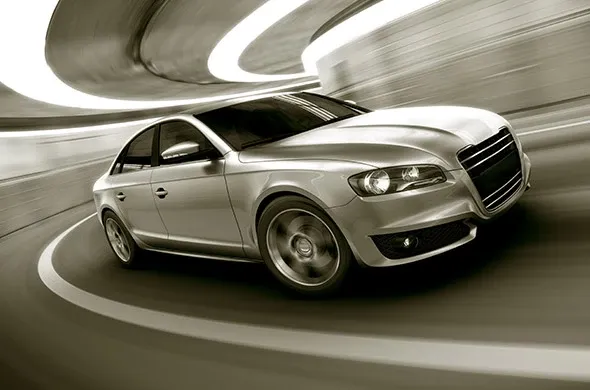Meta Announced Its New AI Chip
Meta Platforms unveiled the second generation of its Meta Training and Inference Accelerator (MTIA) AI chip.

The next frontier in digital advertising may be your car’s windshield, according to Bloomberg. Automakers, technology companies and glass manufacturers are teaming up to turn the display that graces the front of an iPhone into the windshield of a car, one that can show ads, directions and vehicle information to the person behind the wheel.
Here’s how a smart windshield may work. A driver that’s close to running out of gas would see an alert pop up that notes the fuel situation and offers to find a nearby gas station. The car’s virtual assistant will offer a choice, again on the windshield, of two options, including directions to a station where the driver is eligible for a free cup of coffee, an ad placed by the gas company that fits with the driver’s buying patterns, also known by his smart car.
Corning is starting to sell carmakers the glass used in Apple’s iPhones for windshields and in-car entertainment systems. The company said the durability and thinness of the glass means that any image projected onto it is sharper than onto a typical windshield. While the product is less than 10 inches wide, Corning is working to expand it to a full windshield-size display. “They could be here in less than two years,“ Corning CTO Jeff Evenson said in an interview at CES in Las Vegas.
Turning a car windshield into a billboard is part of broader efforts by automakers and tech companies to transform vehicles into connected devices. Multiple companies at CES this week have announced deals and partnerships that use software, digital voice technology and cloud computing to handle everything from automatically scheduling a maintenance appointment to ordering a takeout pizza while on the road.
Automakers such as BMW, Hyundai and Toyota already offer basic heads-up displays near the windshield in some models that show information such as the vehicle’s speed. Alphabet, through its Waze navigation app, suggests nearby restaurants and points of interest during your drive, as does TripAdvisor. The next step is merging these two ideas: projecting points of interest onto your windshield.
Eventually mapping and navigational data could be superimposed onto the road in front of the driver, much in the way that Google Street View currently displays information about an area on a static image. BMW, Volkswagen and Daimler acquired Nokia’s HERE mapping unit in 2015 to ensure they were no longer dependent on Google for maps. Intel announced Tuesday it had acquired a 15 percent stake in HERE.
Boosters also say a windshield display is a safer alternative than drivers taking their eyes off the road to glance down and tap a dashboard infotainment system or check a smartphone. For many years BMW, Volkswagen and Jaguar Land Rover worked with the Munich-based startup Metaio to investigate possible applications for augmented reality technology in cars. The main hurdle to superimposing an enhanced image for the driver was establishing the direction of a driver’s gaze and adapting the image projected onto the windscreen accordingly.
Automakers also are considering the ability to push content such as video in front of passengers in addition to mapping or road services as a way to generate more revenue from each vehicle. “We want to have our direct customer relationship delivering premium services to them and being their direct contact,“ Klaus Froehlich, BMW’s head of research and development, told reporters at CES. “That’s the clear goal for a premium car manufacturer.“